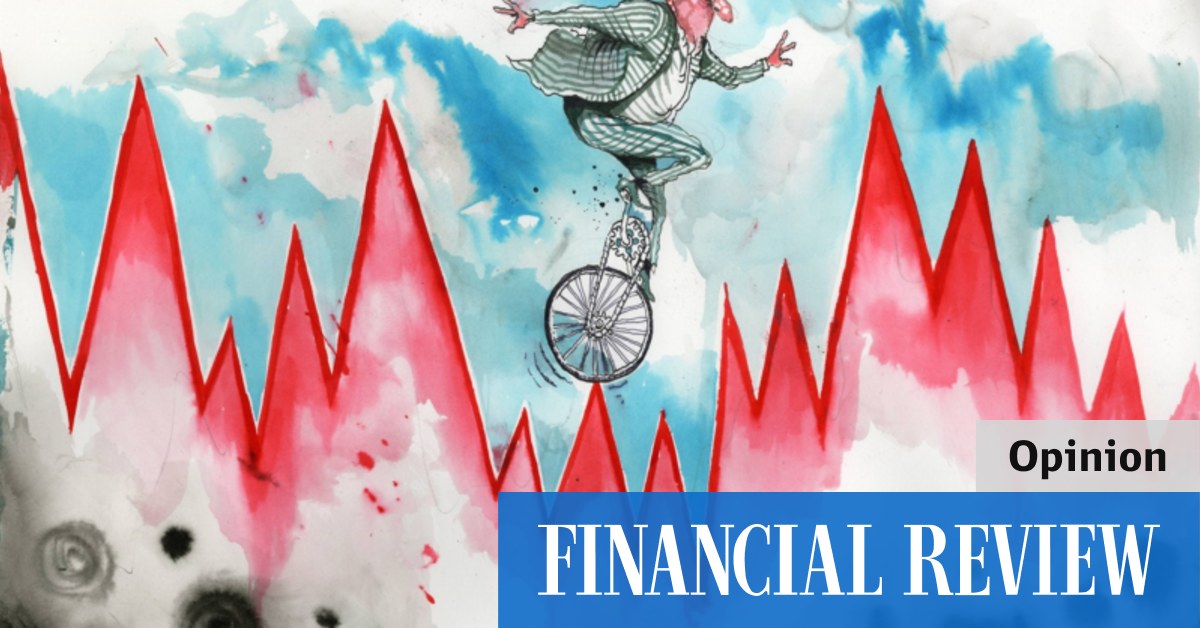
While markets rightly fret over the timing and frequency of interest rate rises, Schellbach takes a more sanguine view, arguing that central banks have little incentive to raise rates to a level that could threaten economic growth.
Rates are going up, but not to alarming levels – and equities should continue to perform.
‘Strong’ economic growth
The UBS view is that the ASX 2000 can hit 7800 points by the end of the year, which implies growth of about 9 per cent.
The key to this is a domestic economy that UBS believes will grow faster than the domestic economy in 2022.
While the bank’s economists have trimmed their GDP growth forecast from 5.8 per cent to 5 per cent due to the omicron wave, this would still represent the fastest growth rate since 1987.
Further, Schellbach says consumers remain cashed-up from stimulus measures in the past two years and forced spending reductions due to the pandemic.
While inflation will rise and force rates higher, consumers can absorb higher prices, and company profit margins might not take the hit that some commentators fear.
The UBS view is that investors who align themselves with companies that derive the bulk of their earnings from the domestic economy should be best-placed to enjoy the ASX 200’s broader gains.
Australia’s level of household debt is so high that even small rate movements will have an impact.
For Schellbach, this means banks and other financials (which arguably have the closest economy to local economic conditions) over miners.
It means energy companies, which are benefiting from underinvestment in new production across the globe, over real estate, over defensive stocks such as utilities, and real estate.
And it means discretionary retailers (primed to enjoy the fruits of Australian consumers’ savings) over stocks in the consumer staples sector, which are likely to see spending on food and alcohol dip as the economy reopens.
Where UBS finds it harder to be certain, is on industrials. While some will clearly benefit from the strength of the domestic economy – rising infrastructure spending, for example – labour shortages may weigh on the ability of some companies to fully participate in Australia’s boom.
Rates the wildcard
It’s a particularly positive picture at a time when investors are rightly nervous about what appears to be a rising level of risk in global markets.
The broad risk to this outlook might be the way the economy reacts to rate rises that seem likely to arrive sooner than expected.
Australia’s level of household debt is so high that even small rate movements will have an impact.
Schellbach is justified in arguing that the consumer can withstand a shock, but investors may want more evidence.
And that evidence may take a while to arrive.
The February reporting season is likely to be messy, as investors struggle to peer through lockdowns and quasi-lockdowns to see what companies’ “normal” earnings profiles look like.
The Australian economy could look widely different in six months than it does today.
Staying local may be smart play for Aussie investors - The Australian Financial Review
Read More
No comments:
Post a Comment